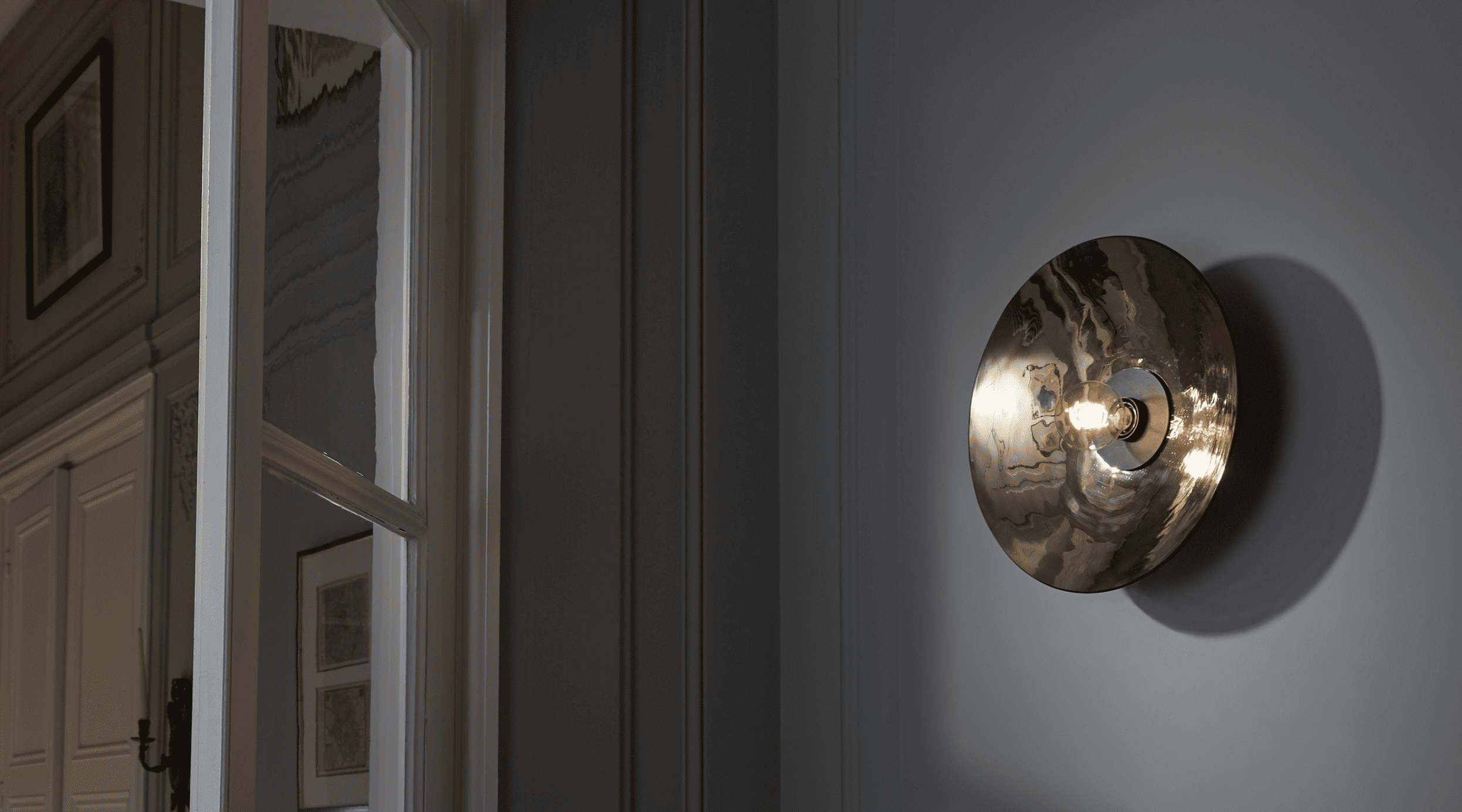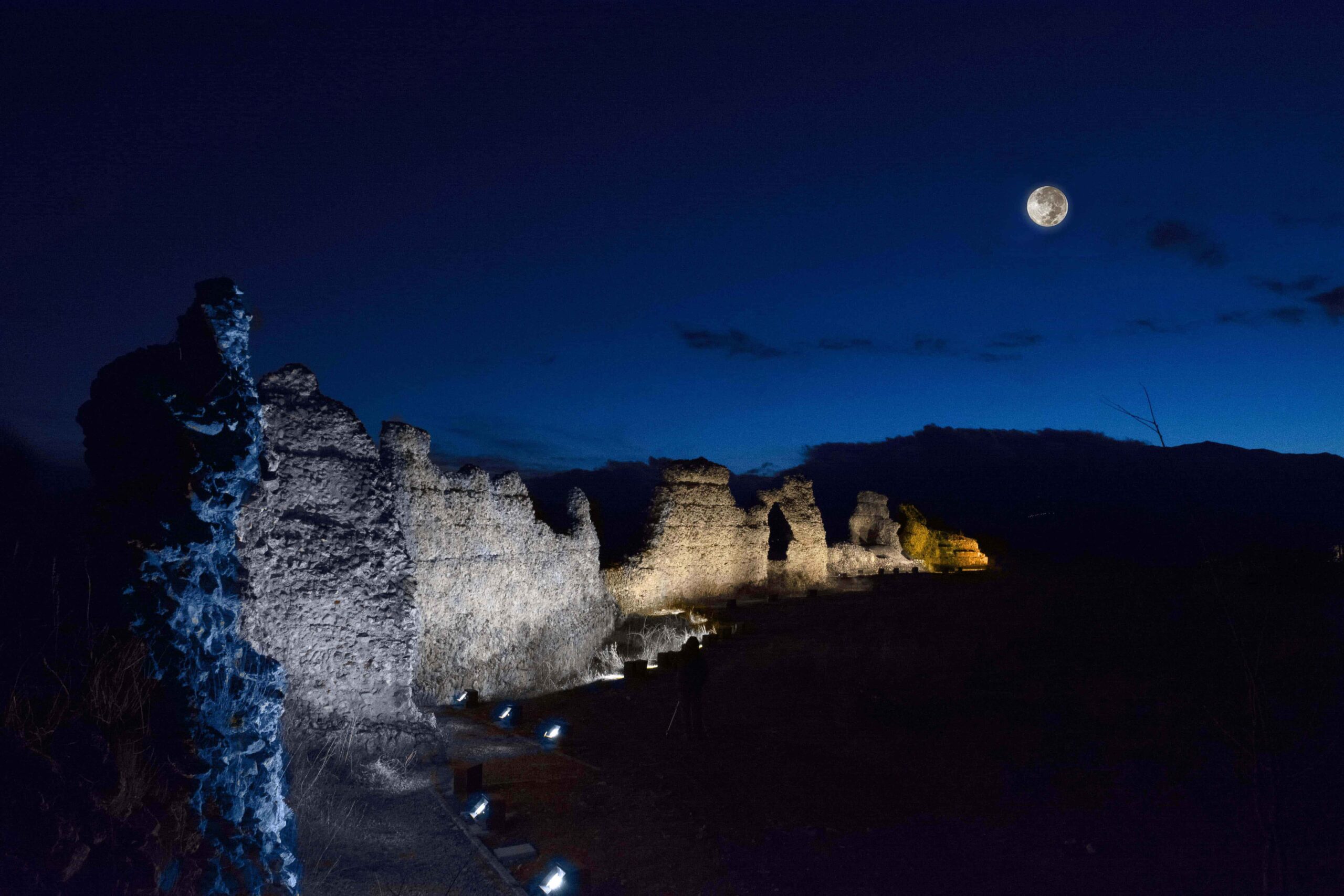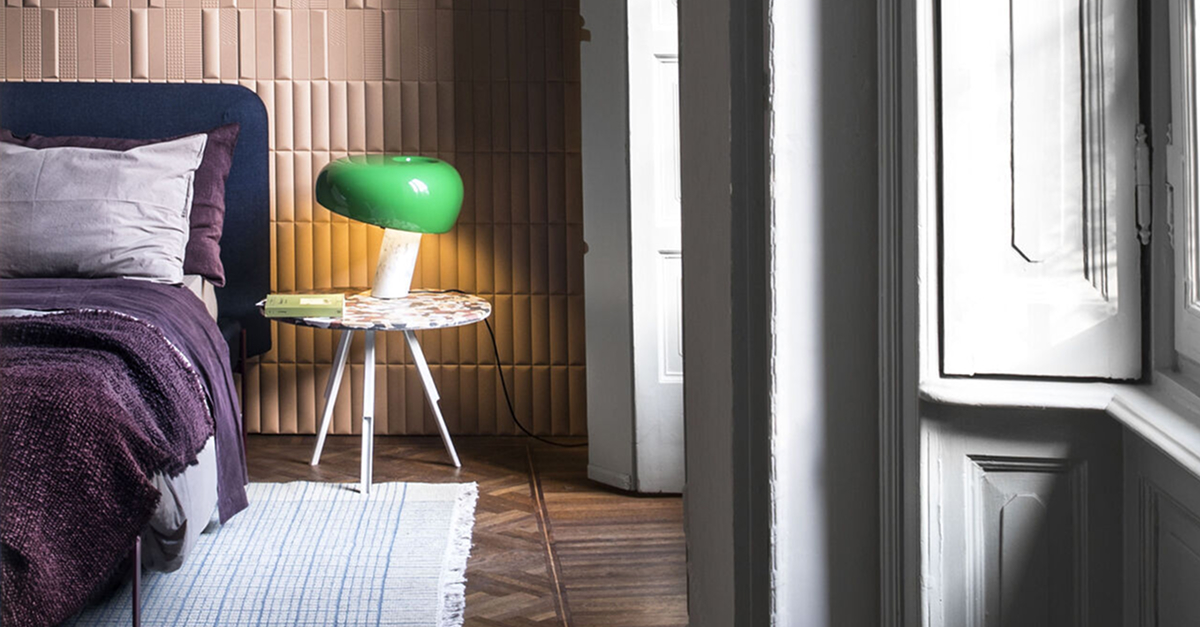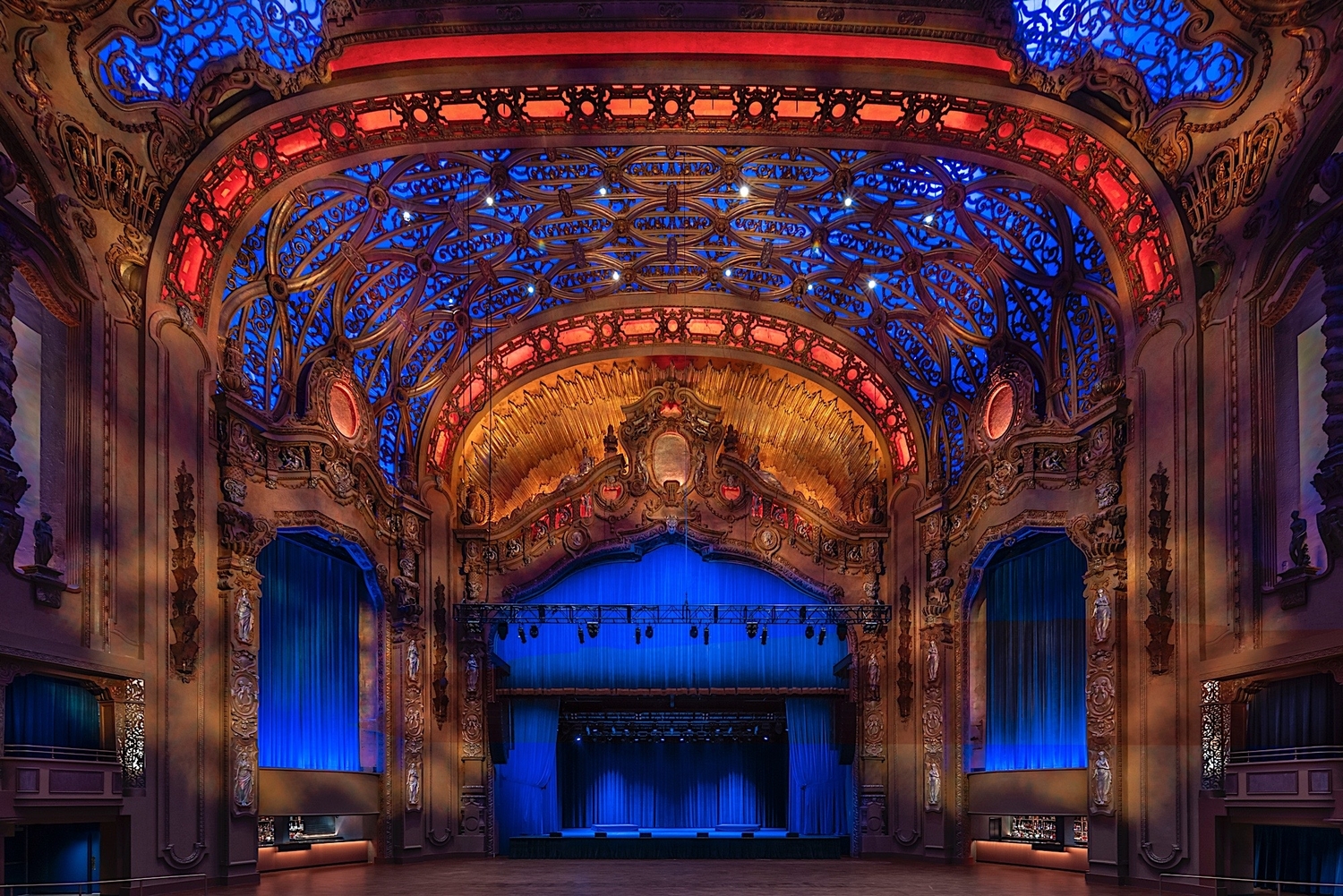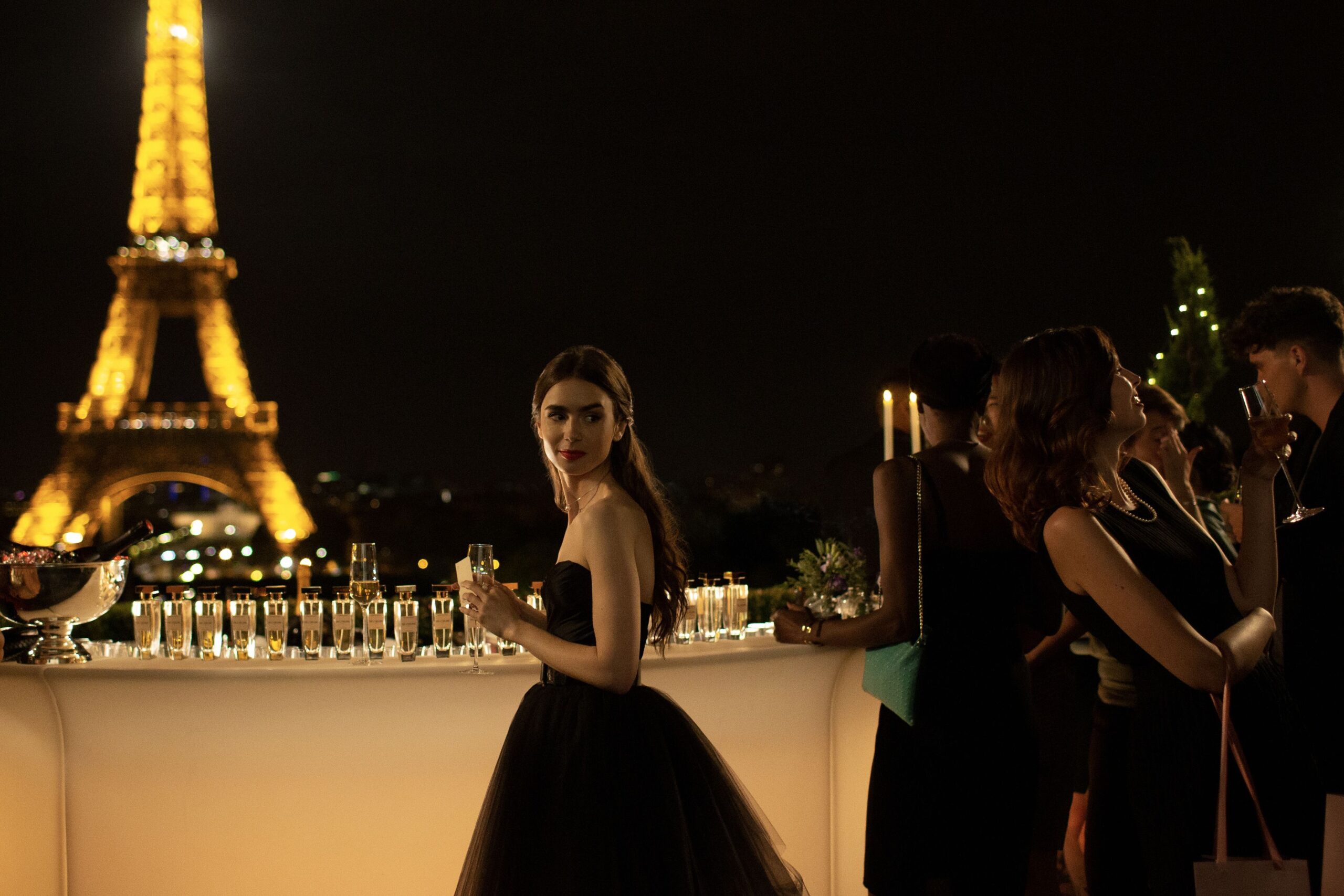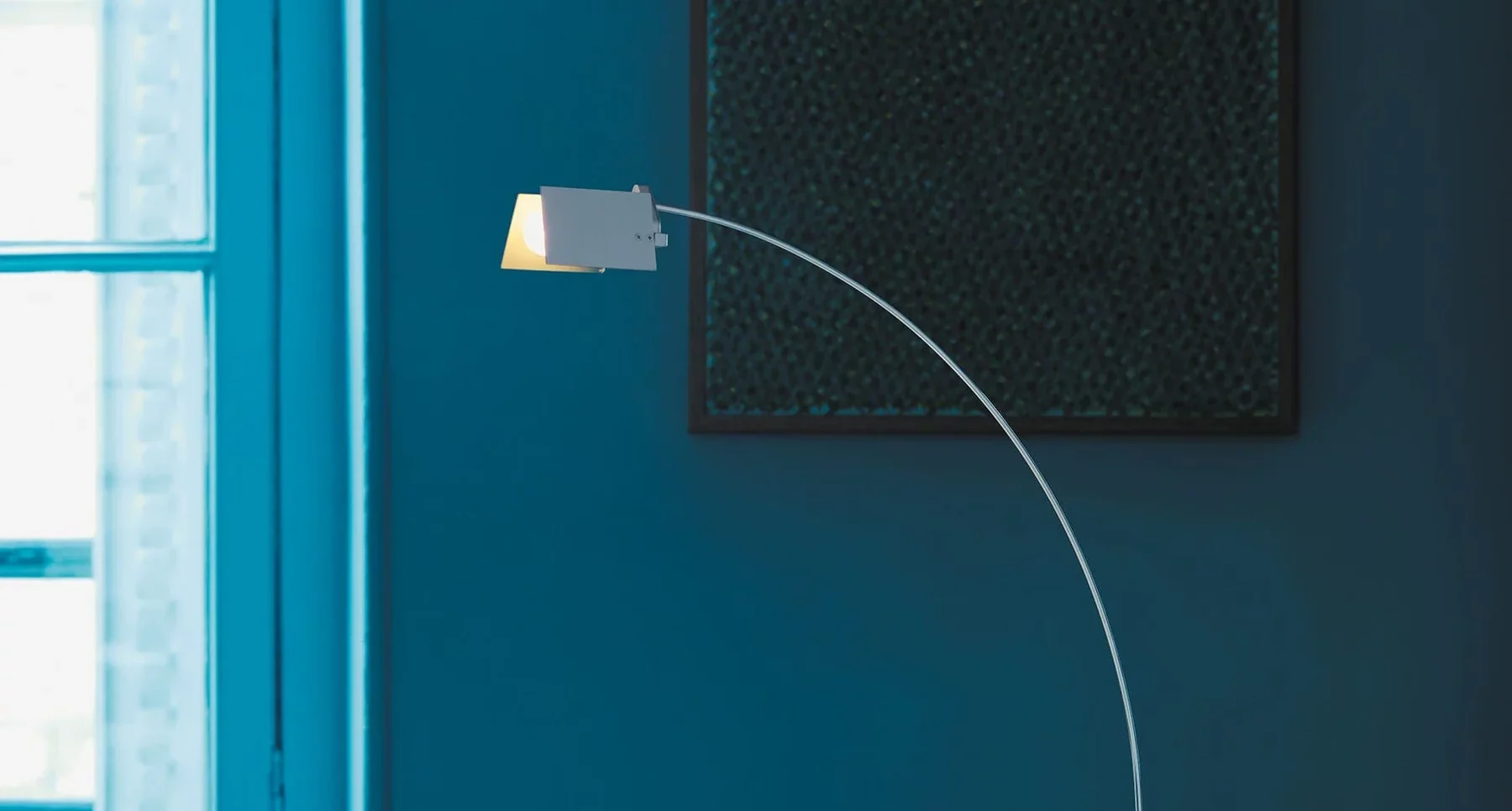Cover: Piola, Italamp, 2023 – photo © Photo Design Studio, courtesy ITALAMP
Born in Mestre, Danilo De Rossi earned a degree in Architecture from IUAV Venice in 1979 and later specialized in lighting design at Politecnico di Milano. He began his professional training in 1973 at the architecture studio of Roberto Pamio and Renato Toso, where he developed strong design and project management skills.
Ten years later, he opened his studio in Venice, where he designed a wide range of blown-glass objects and lamps and also took on key roles as an art director.
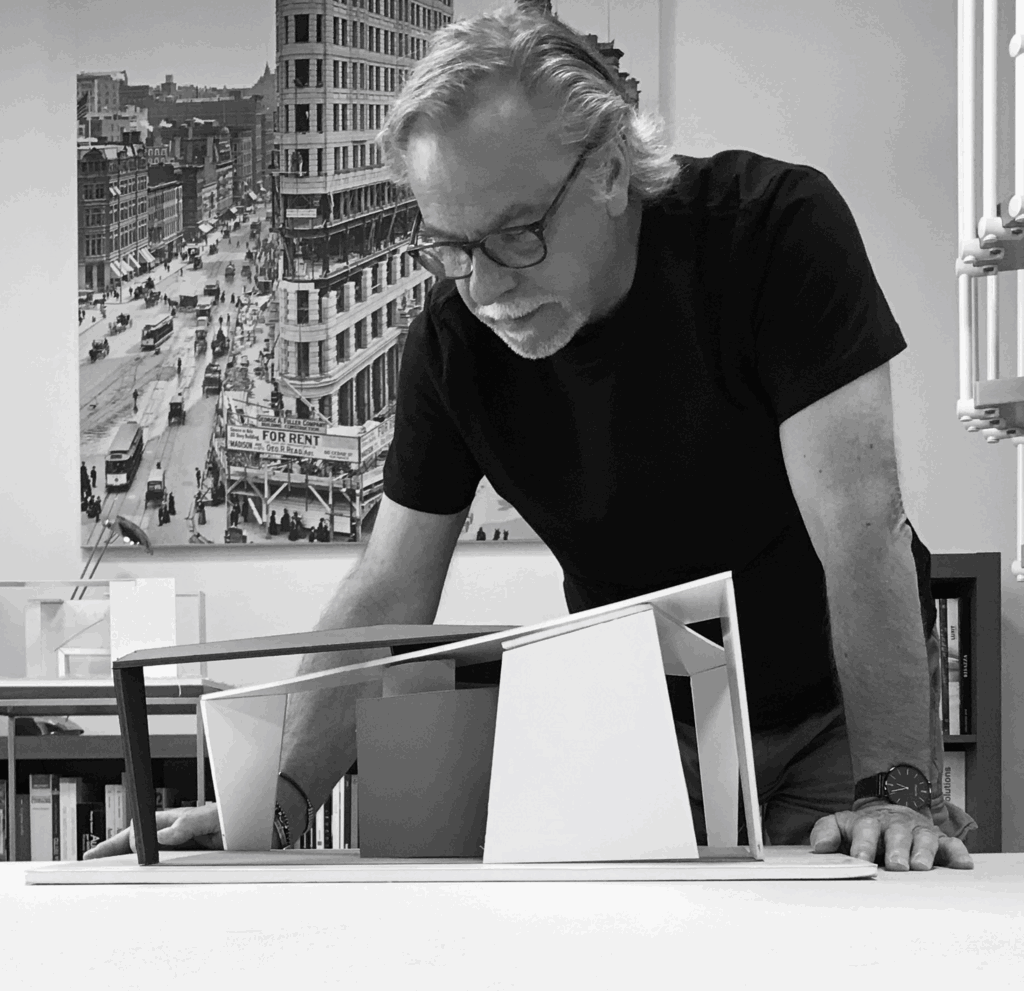
His professional and artistic journey has always focused on design and, given his closeness to Murano, has been deeply connected to glassmaking. What does it mean to be a designer working in the Venetian Lagoon?
«First and foremost, it means understanding the material—because working with glass is more complex than working with metal or plastic. Glass can produce stunning decorative effects, but only if the project is handled with full awareness of its limitations and potential. Then come all the feasibility challenges, which are rooted in human experience and governed by their own rules—shaped by factors such as form, weight, volume, color, decoration, and the costs associated with different techniques».

But your practice is also geared toward industrial production…
«Glass has undergone significant evolution in modern lighting. Although it is still considered a craft material, its shapes have become more streamlined and rational. Today, molds are commonly used, and both design and production follow the principles of serial manufacturing. Structural components also play a key role, as they must support and contain a delicate material, requiring precise care and tolerance. Yet this remains an evolving process—and with a deep understanding, there is always room to refine both form and technique. The results can often be unexpectedly brilliant».
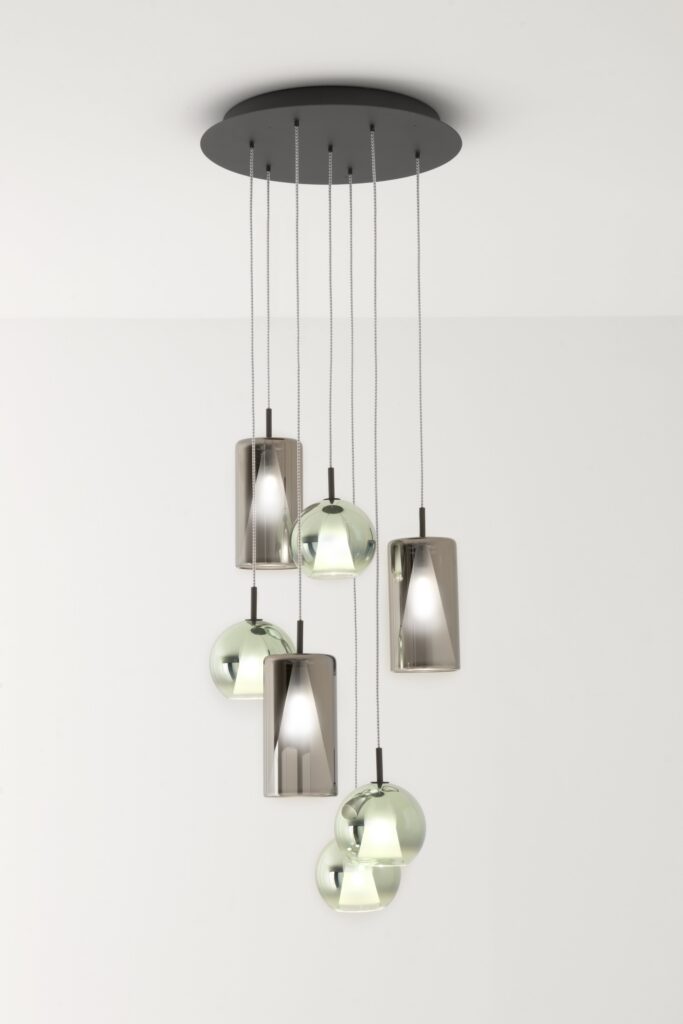
You’ve also served as art director for de Majo Murano, Leucos, and Italamp—three companies with strong identities in decorative lighting. What were those experiences like? What did they have in common?
«These three companies have much in common, all rooted in decorative lighting—sometimes with slightly different philosophies shaped by their origins, but largely aligned. Their organizational models reflect a typical business structure from the 1960s to the 1980s, defined by the strong presence of their founders, who shaped the company’s identity both internally and externally. To this day, they represent the essence of Italian lighting design on the international stage.
For me, these were meaningful and formative experiences. I had the opportunity to witness each company’s growth and to absorb a business mindset—a way of thinking that informs your approach and prepares you to take on leadership roles. But the greatest reward was working with talented and renowned designers, building highly professional collaborations and mutual respect that still last today».

What does it mean to lead the creative direction of a company that produces both one-of-a-kind handcrafted pieces and mass-produced items? These are inevitably different markets, shaped by both economic factors and cultural context.
«It’s a delicate task: you need to understand the company’s mindset and guide it steadily toward its goals, without causing imbalance. The process is slow, but rooted in stylistic consistency and a clear vision for growth. It’s not about numbers or commercial performance. It’s about defining an identity and design direction, built collaboratively with everyone—internal teams and external contributors—always with your hands on the wheel, even for the smallest adjustments».
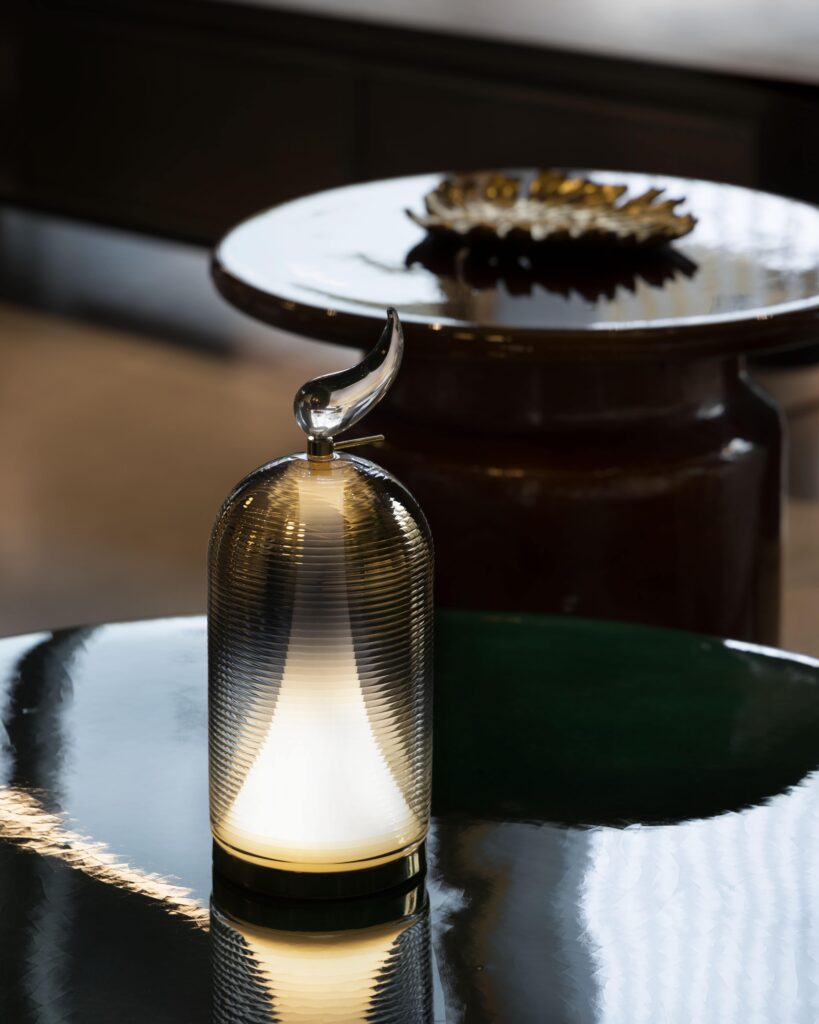
What does it take to do that well?
«You need design expertise, vision, strong relationship skills, and respect. Commercial collaboration is essential to define strategy—especially when you’re operating in a vast market with many competitors. That’s why style and price are two essential pillars for brand development».
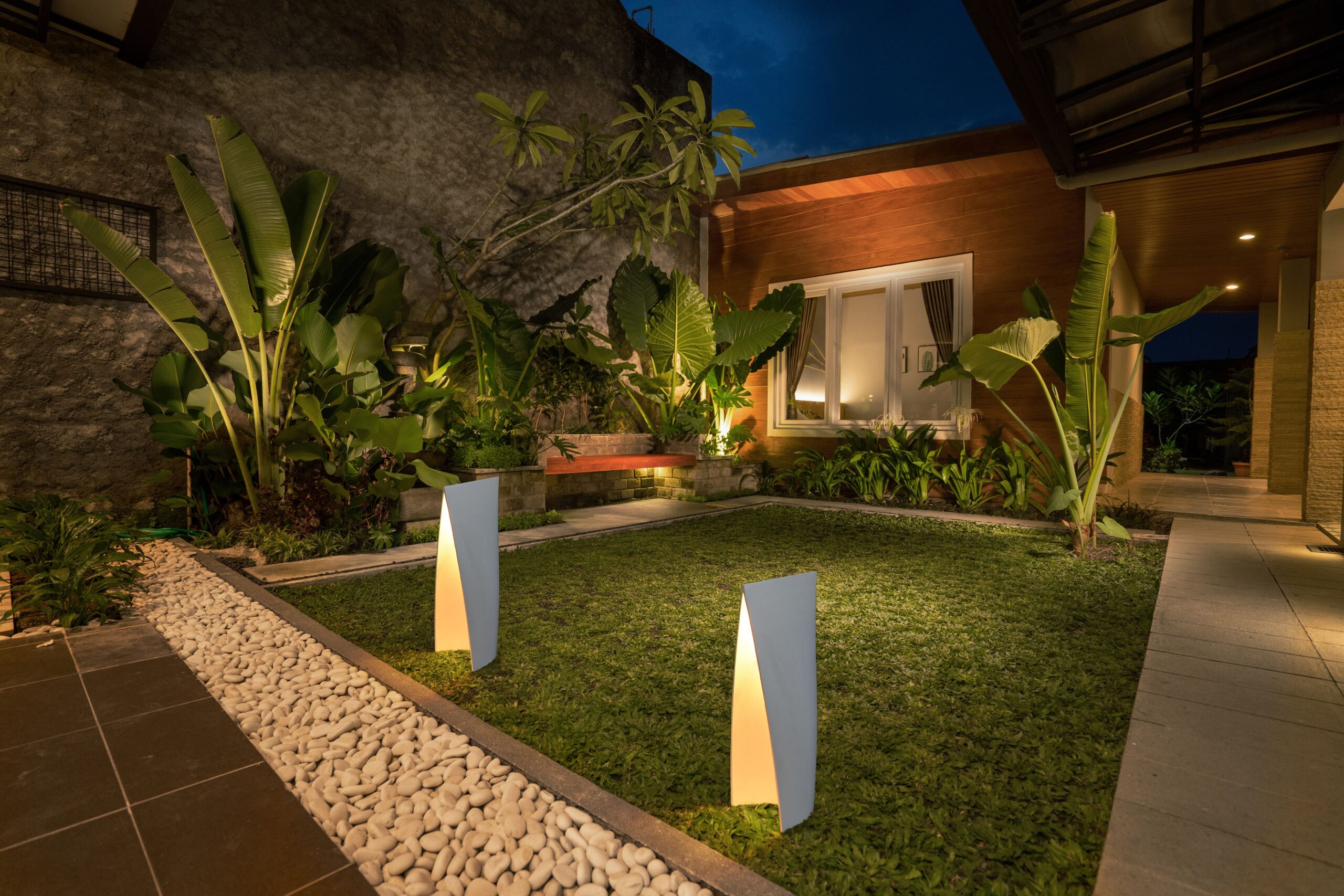
When can a designer feel satisfied with their work?
«I believe there’s a moment in a designer’s life when they recognize themselves in what they do. It’s a kind of awareness of your style and method—a sense of confidence that’s a major milestone. It gives you a new perspective on what you’ve accomplished and a peaceful outlook on what still lies ahead».
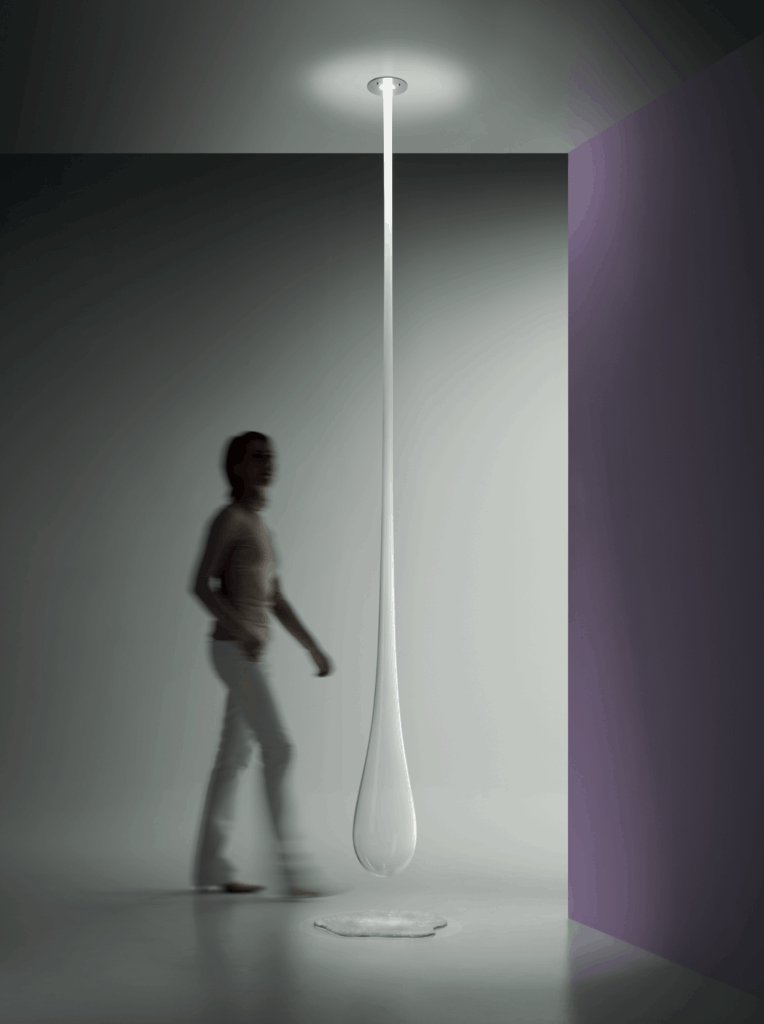
What’s one piece of advice you always give to those interested in lighting?
«Light is life, and the artificial light we create fills nearly half of it. That’s why it’s essential to understand it—and to design objects that enrich our spaces and bring joy, both aesthetically and functionally. We need to furnish the darkness with things we truly can’t live without. Always aim for a design that is a true “creator of atmosphere».
